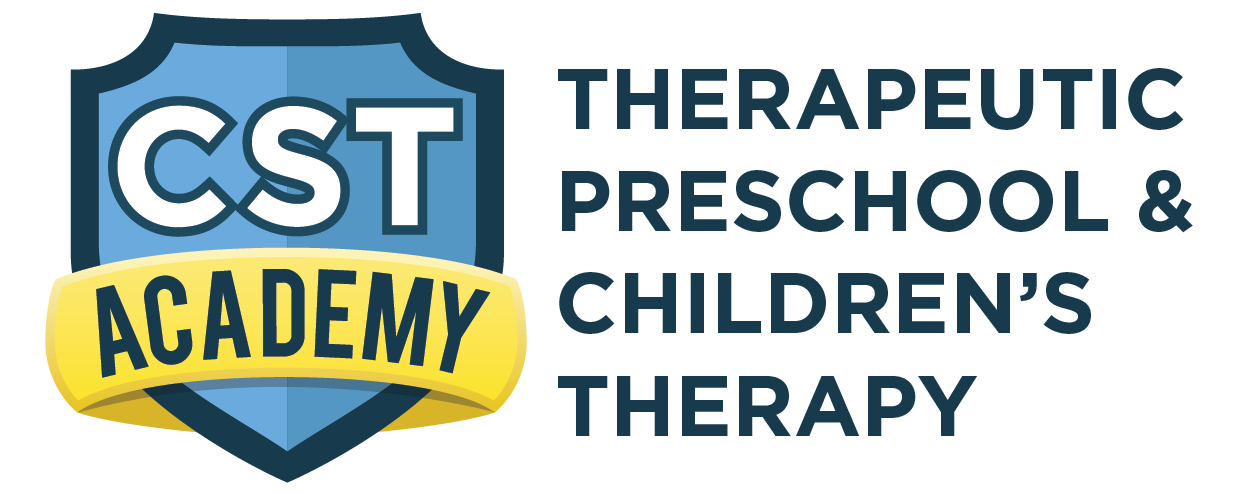Prompting is a commonly used strategy with children on the autism spectrum to build positive behaviors. A prompt can be either a verbal cue or a gesture to encourage a particular behavior. This strategy can be used in a variety of settings, including at home with parents, in school or a therapeutic preschool program, or a clinical setting in ABA therapy. There are many specific types of prompts, including gestural, modeling, physical (full and partial), verbal, and visual.
Why is prompting used?
Every child learns and processes information at a different pace, and some children with autism spectrum disorder (ASD) often require additional support to reach their developmental milestones. As a result, many parents determine that applied behavior analysis (ABA therapy) or a therapeutic preschool program can provide the additional support that their child needs. Throughout the therapeutic process, parents, teachers, and therapists may utilize prompting to teach children new skills (particularly skills that pose challenges for the child).
When is prompting used?
Prompting can be used when a child is having difficulty learning a new skill. If a kiddo in a therapeutic preschool program experiences delays in their receptive language skills, their teacher might use prompts to help them follow instructions (one example of receptive language). In this example, the teacher might first tell the student to point to their teddy bear. The teacher then might lead the child’s hand to point at the teddy bear, if they respond well to physical prompts.
If you decide to use prompting in a therapeutic preschool program or ABA therapy, it is important to first assess the learning style, abilities, and needs of the child. Remember, not every child will benefit from the same methods of prompting. When developing a treatment plan for a child, full family involvement can help ensure that the child receives the most comprehensive care possible. Parents are the experts on their children, so they can provide helpful insights into the behaviors and needs of their child. If parents are involved in the treatment, they can also use prompting at home. By using prompts in both a therapeutic preschool setting (or clinical ABA therapy setting) and home setting, the child will receive additional practice with these skills. Consistency is key when acquiring new skills!
Do you think your child could benefit from a therapeutic preschool program or prompting? Contact CST Academy at 773-620-7800 or click the purple button below to learn more about our Chicago therapeutic preschool program!














